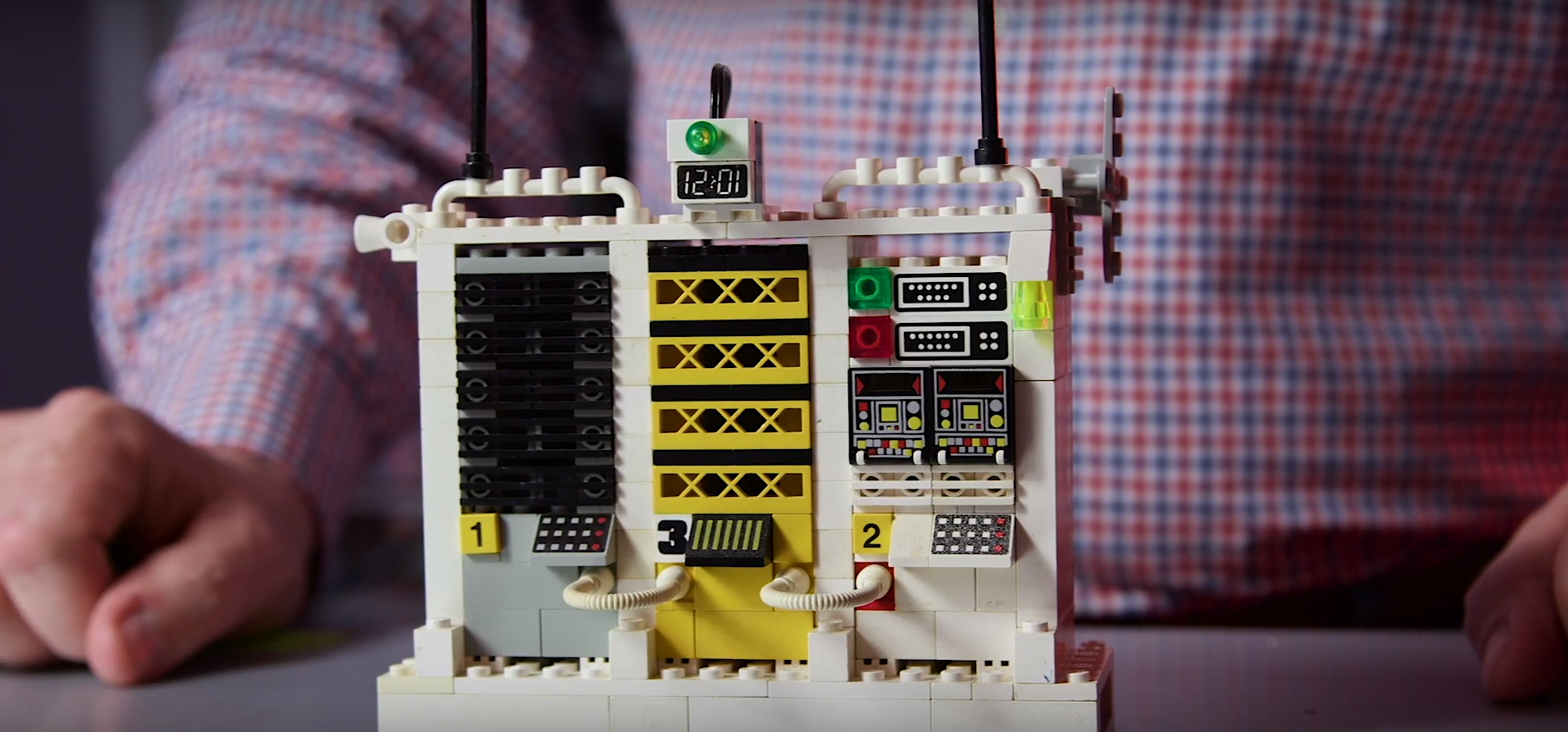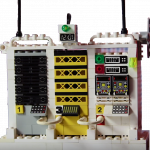
If you have ever needed to deploy a new application or launch a new web service for your customers, it probably took your IT department several weeks to do the necessary expansions and changes. This is because in a traditional data centre, servers, networking, and storage are three separate units that need to be reconfigured and fine-tuned each time there is a change. This sort of architecture also makes hardware management, maintenance, and troubleshooting difficult.

Even though it has become increasingly popular, managers in companies with older data centres have been often losing their patience when transferring selected services and IT to the cloud of an external provider. Since companies usually do not transfer everything to public clouds, this often results in two incompatible worlds of on-premises and external data centres that cannot be integrated.
Hyperconvergence is the solution to complicated scalability, problematic data centre support, and limited connectivity with external clouds. This may sound like yet another buzzword that technology vendors use as new packaging for an old idea. In this case, however, it is a truly ground-breaking change in architecture with a significant impact on companies’ flexibility and IT strategy.
Hyperconvergence is a framework that combines the traditionally separate parts of the IT infrastructure – computing, networking, and data storage – into a single system delivered as one box. What are the real-life implications of such a solution?
Hyperconvergence is a framework that combines the traditionally separate parts of the IT infrastructure – computing, networking, and data storage — into a single system delivered as one box. What are the real-life implications of such a solution?
Firstly, the deployment of a new data centre – or the expansion of an existing one – can be done in a matter of hours. “While in the past it took several weeks to install and deploy a new data centre, we recently deployed a hyperconverged IT infrastructure to one of our customers, including application and data migration, within twenty-four hours. And that was without any interruption to operations,” says Zbyszek Lugsch of Soitron, a provider of the Cisco HyperFlex solution.
The second advantage is easier corporate IT management. Installations, expansions, and updates of the whole system are automatic. On top of that, unified management makes the job for IT administrators even easier. They can manage the entire hyperconverged IT infrastructure with a single tool, including performance management, which continuously monitors the state of the entire IT environment.
The third factor that makes the hyperconverged hardware so attractive is its easy integration into the existing IT environment. “If a customer needs to significantly expand the capacity of their data centre, but they wish to use their existing hardware, we can connect the legacy environment with the new systems until they smoothly transition to a fully hyperconverged infrastructure,” explains Lugsch.
Importantly, by building a hyperconverged data centre, companies acquire their own private cloud with all its benefits, allowing them to take advantage of cloud services similar to those provided by large data centre operators such as telecommunications operators. Using the Cisco Cloud Centre software extension, they can easily combine their own data centre with the cloud services of an external provider.
“With this solution, companies have the flexibility to decide what they want to run from their ‘home’ system and what they want to buy as an external cloud service. In this way, they get the best of both worlds. The Cloud Centre even suggests to the user if a particular service, application, or server is better run from their private cloud or a public one,” adds Lugsch.
For some organizations, space saving might be an attractive bonus. For example, when Soitron replaced an outdated data centre for one of its clients, the new Cisco HyperFlex hyperconverged solution took up just over five per cent of the original space.
The hybrid multi-cloud Cisco HyperFlex environment, combining all three originally separate parts of the IT infrastructure into a single unit, will bring you three irresistible benefits.
Have you ever wished you had a private data centre that would be as flexible as that of an external cloud vendor? Cisco HyperFlex will make that dream come true.
Your IT staff will no longer have to stay overnight working on time-consuming expansion, integration, and complex data centre management.
More flexibility means more viability. With Cisco HyperFlex, your IT will no longer be a hindrance to your business development. And that will ultimately be reflected in your bottom line.
We have vast experience and deep knowledge in all three data centre components, which is a prerequisite for building a reliable and efficient IT infrastructure and for smooth application and data migration to a new environment.
Building computer networks was Soitron’s initial core business, which is why we are still the preferred partner for building even the most sophisticated corporate network infrastructures.
We have our own service, which is called Cloud Testing. It allows us to analyse the customer’s environment, identify possible pitfalls when transitioning to the cloud, and integrate their private data centre with the services of a cloud operator.
Thanks to our Security Solutions Division and cooperation with multiple vendors, we can assess and design your data centre so that it is both reliable and secure, which is extremely important when connecting it to a public cloud.
We are in the process of finalizing. If you want to be redirected to our old version of web site, please click here.